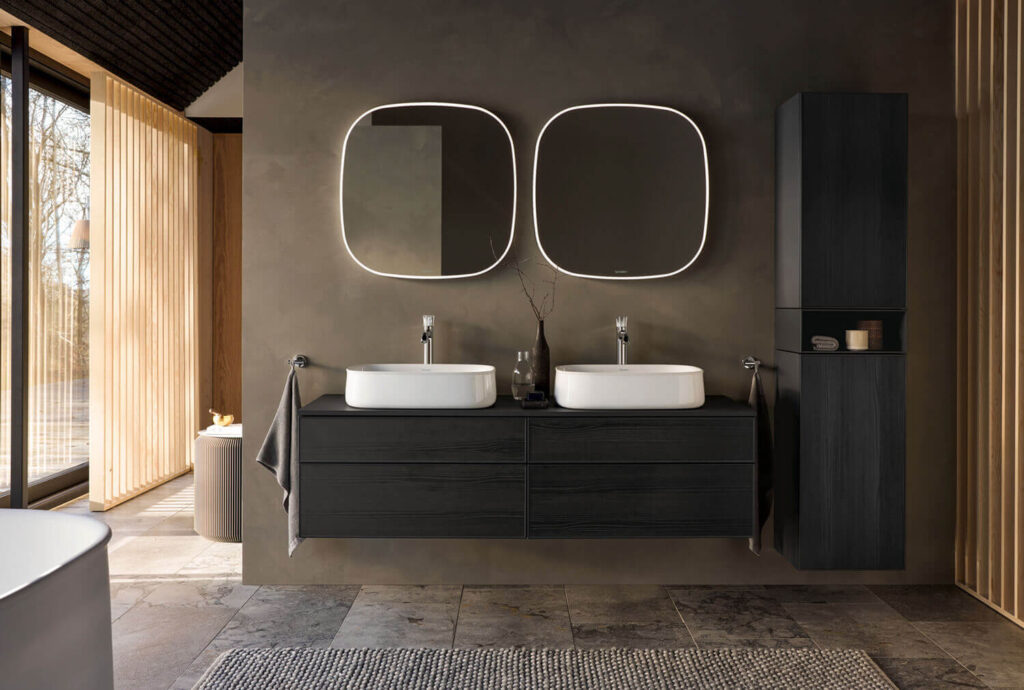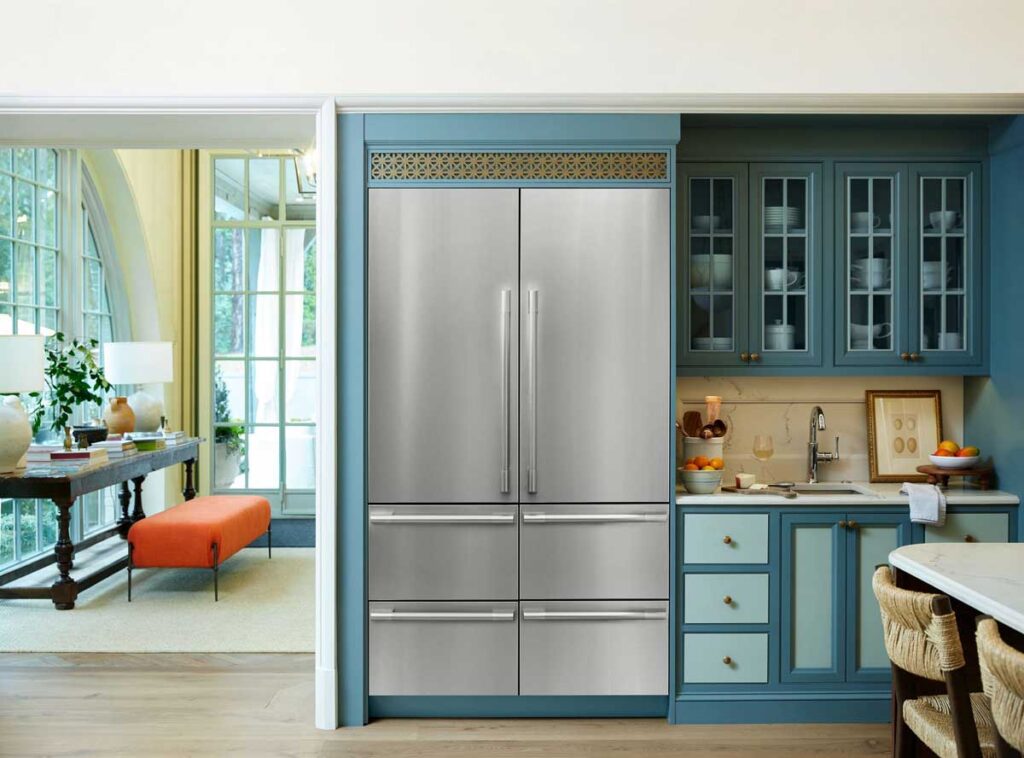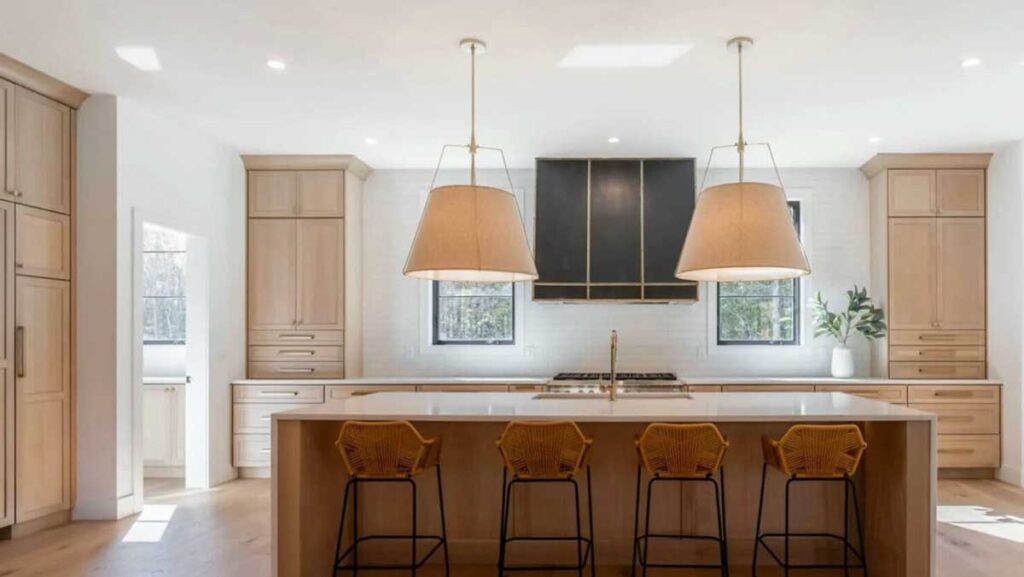The housing market may be slowing down, but homeowners are sitting on a record amount of equity in their homes. This could lead to a surge in home equity extraction, which would be good news for the kitchen and bath remodeling industry.

By Bill Darcy and Todd Tomalak
I recently connected with Todd Tomalak, Zonda’s Principal, Advisory of Building Products, one of the most respected and insightful forecasters in the Building Products industry. Todd shared his views about home equity extraction and what it indicates about the likelihood of increased kitchen and bath spending, especially later this year and into Q1 of 2025.
What are you keeping an eye on, in terms of trends in consumer home equity extraction, this year?
Watch equity extraction in 2024, especially late in the year. Amid the debate about the future path of interest rates, we think cash-out activity may be the most useful indicator of future growth in kitchen and bath spending.
Home improvement is ‘soft’ right now, driven by slowdown in ‘mid-income’ household spending. When will growth resume? We think the key lies in watching cash-out homeowner equity-driven K&B remodels.
What is the significance of home equity extraction?
Equity extraction drives upgrades and higher end purchases. Census data reveals the average K&B budget doubles (2x higher) for K&B projects when funded out of home equity vs the US average.
What indicators lead you to believe we will see significant HELOC activity growth in 2024 and beyond?
Homeowner equity stands at a staggering $31.8 trillion currently, which is nearly $12 trillion higher than pre-COVID levels (2020). To put this in perspective, if consumers chose to spend home equity gains accrued since the pandemic, it would equal nearly half US GDP. The scale of tappable equity is enormous.

Refinance volume was already depressed in 2023 due to higher interest rates (down nearly 50 percent vs 2022 levels), but cash-out K&B spending was reduced even when interest rates were low, during the 2021 post-COVID remodel boom.
In 2021, equity-funded kitchen remodels accounted for a very small share of overall spending (roughly 8 percent). Compare that to 14 percent of kitchen remodel spending in 2015 (which was hardly a ‘boom year’). Why the difference? Equity extractions in 2021-23 were generally spent on non-K&B remodels. We believe there is pull-forward remodel spending, but not in K&B, and certainly not among higher priced remodels funded by equity. Those are all deferred projects. The stage is set for postponed kitchen remodels to occur as rates moderate, likely driven by homeowners starting to tap the accrued equity in their home late in 2024.
What evidence do you see that points to a thaw in cash-out?
As rates slowly moderate, data on refinance activity is already showing evidence of thaw. Refinance share of mortgages is growing vs 2023 (outpacing overall mortgagee growth by +10 percent). Recently, mortgage refinances jumped 12 percent in a single week. The Mortgage Bankers Association expects refinance originations to grow 42 percent in 2024, with Q4 levels being 2x higher vs Q4 2023.
In summary, what are the ingredients that, in your opinion, are coming together to create a more favorable environment for greater kitchen and bath spending?
- Record homeowner equity, accrued at a pace unprecedented since 2020.
- Low base of remodeling volume vs number of potential projects, suggesting postponed luxury remodels.
- Low rate of equity extraction in recent years, and even lower rate of spending on interior remodels.
- Pro contractor shortage.
- Dissatisfaction in home, with evidence of postponed interior luxury remodels.
- Forecast of 2x higher cash-out activity by Q4 2024 vs 2023.
In Q1 2025, the industry could face a situation where luxury kitchen and bath remodels are beginning to grow, but versus an extremely depressed level of activity. This means a faster rate of future growth, concentrated in a very specific group of high-end homeowners with access to home equity.






















